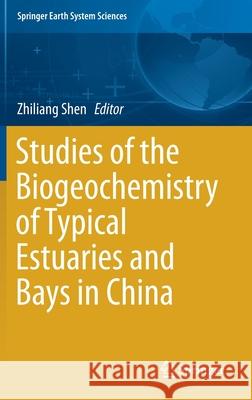Studies of the Biogeochemistry of Typical Estuaries and Bays in China » książka
topmenu
Studies of the Biogeochemistry of Typical Estuaries and Bays in China
ISBN-13: 9783662581674 / Angielski / Twarda / 2019 / 286 str.
Kategorie:
Kategorie BISAC:
Wydawca:
Springer
Seria wydawnicza:
Język:
Angielski
ISBN-13:
9783662581674
Rok wydania:
2019
Ilość stron:
286
Wymiary:
15.6x24.3x2.3
Oprawa:
Twarda
Dodatkowe informacje:
Wydanie ilustrowane











